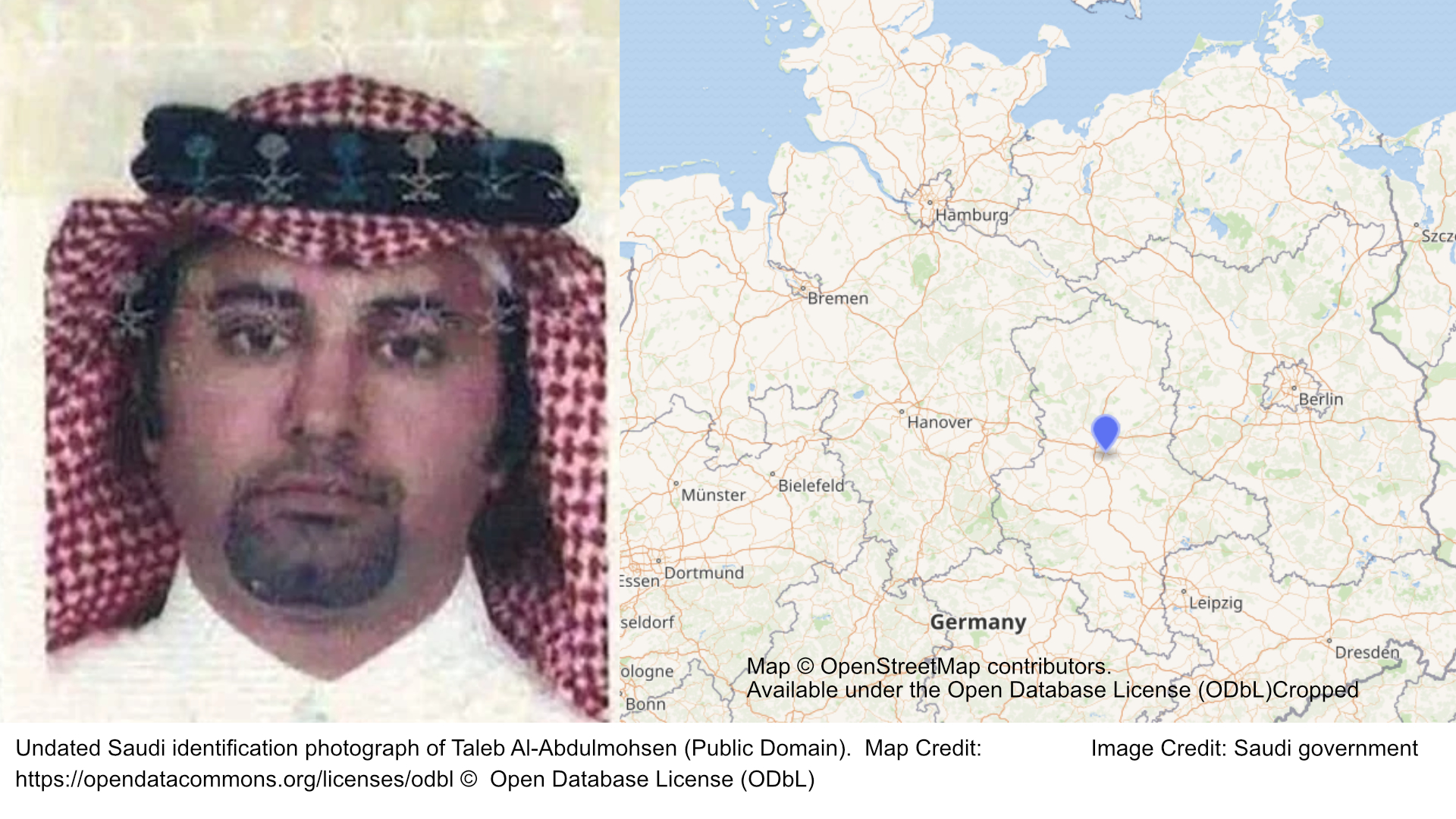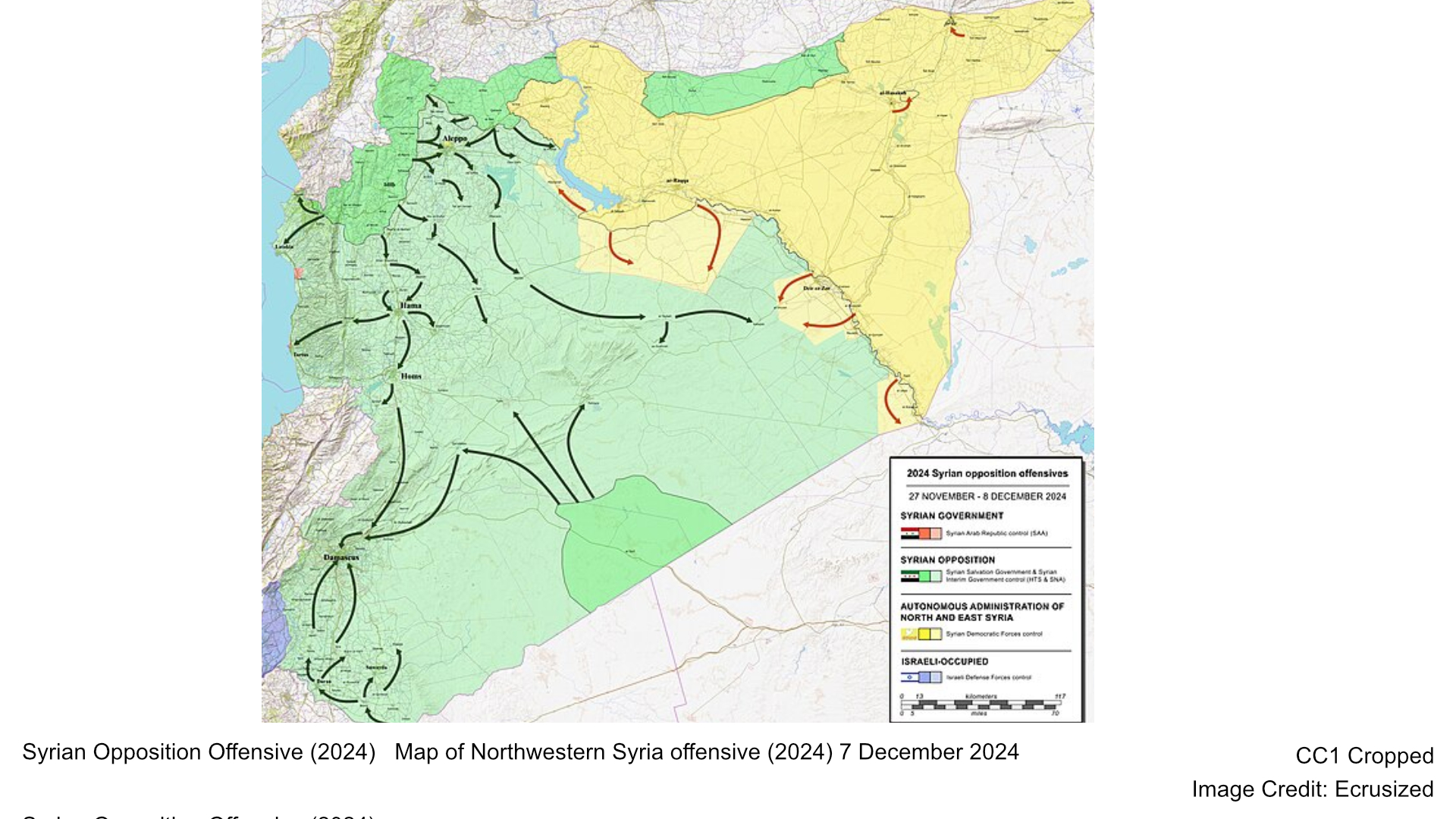As the 2024 presidential race between Vice President Kamala Harris and former President Donald Trump intensifies, a significant gender gap emerges. Harris holds a substantial lead among women, attributed to concerns over GOP policies on abortion rights. Conversely, Trump garners more support from men, capitalizing on economic promises and traditional values.
- A significant gender gap defines the 2024 race, with Kamala Harris leading among women due to her stance on issues like abortion rights, while Donald Trump attracts more male support with economic promises and traditional values.
- Harris leads by 11 points among women, while Trump holds a 10-point advantage among men, showing a 21-point gender gap consistent with past elections.
- Harris’s campaign focuses on healthcare, housing affordability, and appealing to younger women, whereas Trump’s team targets younger men with promises of economic recovery and job stability.
- Swing states remain a critical battleground, with both campaigns intensifying their efforts to engage undecided voters in hopes of tipping the scales on Election Day.
A Washington Post analysis shows Harris leading by 11 points among women, while Trump leads by 10 points among men. This 21-point gap mirrors trends from previous elections. Both campaigns focus on bolstering support from their weaker gender demographic. Harris aims to solidify her base among women, particularly younger voters, while Trump’s strategy targets younger men, promising economic stability and job growth.
The gender gap’s impact is pivotal, as women historically constitute a larger voter share. Harris’s campaign highlights her economic agenda, advocating for healthcare and housing affordability, contrasting with what she describes as Trump’s focus on the wealthy. Trump’s campaign, however, emphasizes protection and economic recovery, resonating with voters concerned about security and inflation.
The outcome depends on how effectively each candidate addresses these demographic challenges. Harris’s strategy involves engaging disaffected Republicans and independents, while Trump leverages his business acumen to appeal to undecided male voters. As Election Day approaches, both sides intensify efforts to secure the crucial swing states.





